
2 minute read
Strategic Initiatives
Strategy Development
Below are updates on the progress we have made on our strategic our last newsletter:
Market Goal
Expand aviation business into CHA expansion area(s):

• Booked first project with OSU Airport
• Won first project with Rhode Island Airport Corporation (RIAC)
• Won planning and design of new airport in Gulf County, FL
• Met with MIA staff (twice) to understand program/opportunities
• Met with Melbourne to position for task order assignments
• Assisting PMCM team in MA for potential opportunities at Nantucket and other MA airports.
Service Goal
Expand specialized aviation services:
• Hired new airfield electrical engineering lead, Tony Laws
• Expanded backlog (and proposals pending) for sustainable initiatives – master plans, management plans, ESG reporting, Envision integration
• Developed fly sheet for Energy Management at Airports with Power Team
• Exploring service delivery models incorporating asset management, continuous planning, and program management
Technology Goal
Increase productivity/quality using technology-based solutions:
• Established the Aviation Innovation Team to identify and implement technology based solutions to increase productivity/quality
• Working with new Asset Management Leader (Khalid Yamin) to identify applications for airports
• Six Plan Production Series presentations completed to date – 6 more scheduled
• Using tablets for field data collection on projects and inspection services
Project Manager: Rob LaFayette Indianapolis, IN


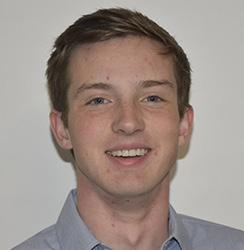
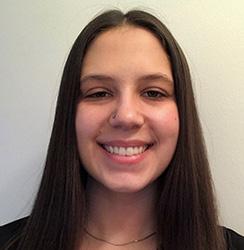
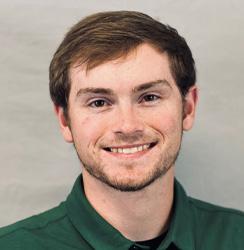
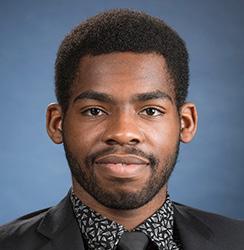
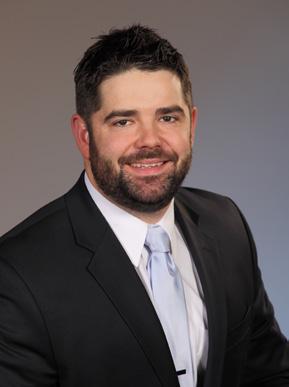
CHA Revenue: $813,000
Start Date: 2021
Completion: 2023
Brief Description of the work provided:
Project Name: ALP and Runway 5R/23L Rehabilitation Programming
Client Name: Metropolitan Knoxville Airport Authority
Location: Knoxville, TN (TYS)
The Metropolitan Knoxville Airport Authority (MKAA, “the Authority,” or “the Sponsor”) has completed several design and planning studies as part of the ongoing modernization of the McGhee Tyson Airport (TYS or the “Airport”). These studies include planning and programming for the Airfield Modernization Program (AMP) and a Terminal Area Planning (TAP) Study. The AMP was to define improvements necessary to preserve the safety, efficiency, and capacity of the airfield and the TAP was focused on terminal improvements essential to capture forecasted demand.
The Airport Layout Plan Update (ALP) was initiated to incorporate as-builts pertaining to the recently completed Runway 5L/23R reconstruction and recommended improvements in the TAP. The TAP was completed in January 2020 prior to the coronavirus pandemic (COVD19) to evaluate airport improvements necessary to meet forecasted demand over a 20-year planning horizon till 2038. Given the recent COVID-19 pandemic, an updated forecast, resulting Demand/Capacity and Facility Requirements, and reevaluation of recommendations in the TAP was performed by CHA.
The Runway 5R/23L Rehabilitation Programming (Runway Programming) was commenced to define the preferred rehabilitation plan for Runway 5R/23L. During the reconstruction of Runway 5L/23R which commenced in 2016, Runway 5R/23L was used as the Airports primary runway handling 100% of the operations with deteriorating pavement. Therefore, the scope of work included in the programming effort was to define the preferred rehabilitation methods, phasing, and budgets necessary to complete this project over a series of phased projects.
Any challenges or major hurdles CHA had
to overcome to complete this project?
TYS has experienced an accelerated increase in passenger activity which was further compounded after the occurrence of the COVID-19 in 2020. The sharp growth in passenger activity after COVID-19 was primarily attributed to the migration of people to the State of Tennessee and the increase in leisure travel. TYS is a unique situation as COVID-19 lead to accelerated growth, which required the complete reevaluation of the Airport given the change in the passenger dynamic. Clear and concise communication with the client was necessary to inform the Authority of the importance of determining a new future development vision for the Airport. In terms of the Runway Programming, the challenge was coming up with a plan to alleviate FAA standard deficiencies in a way that was timing, financially feasible, and without a reduction to the airfield operational efficiency. The overall challenge in this project was completing two large projects: planning (ALP) and design (Runway Programming) within the established budget.







